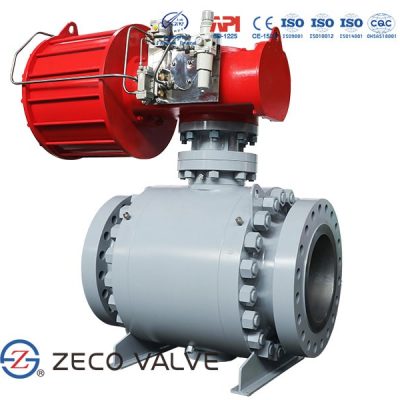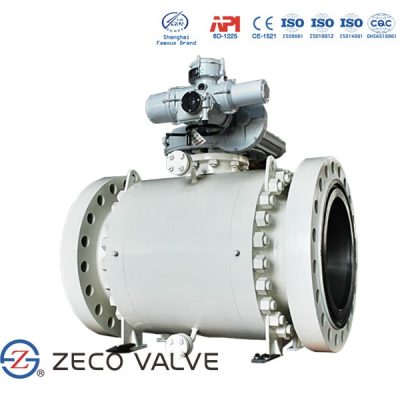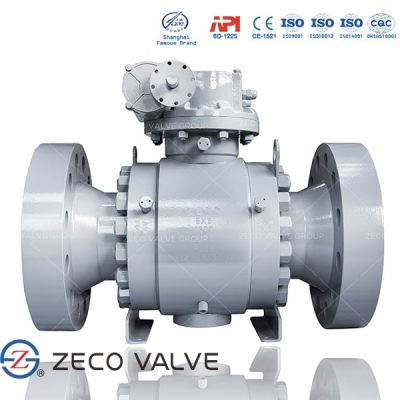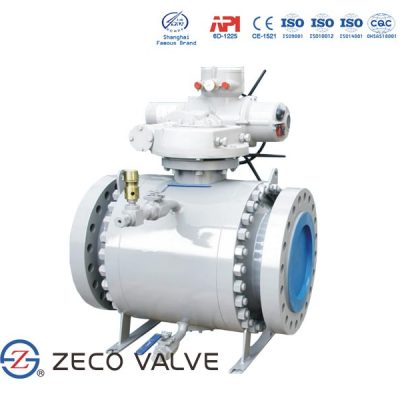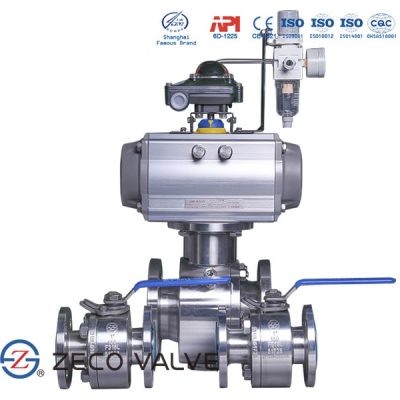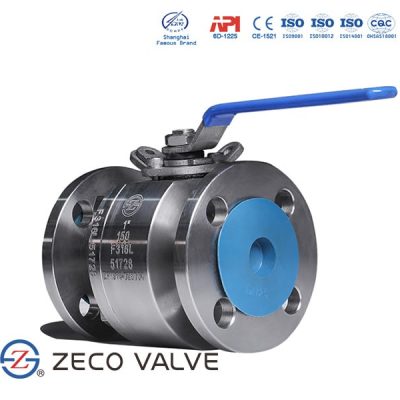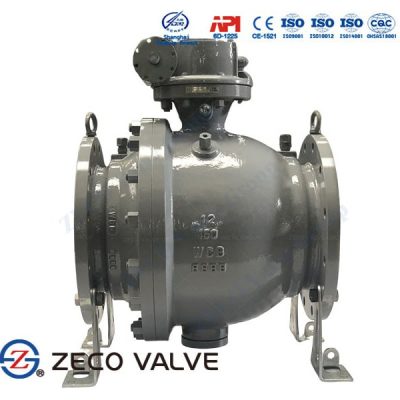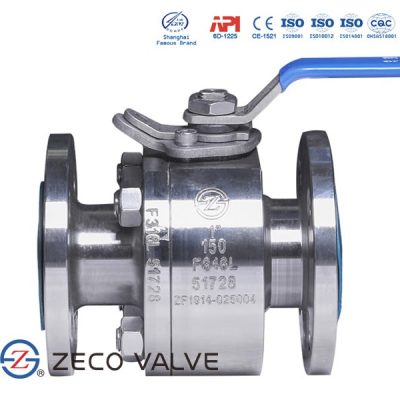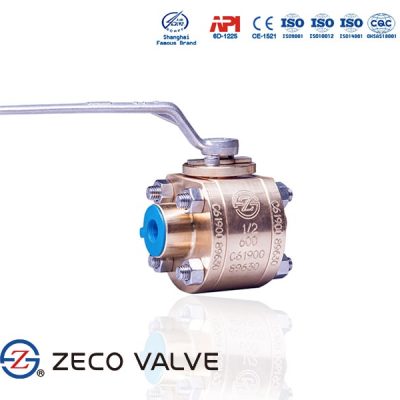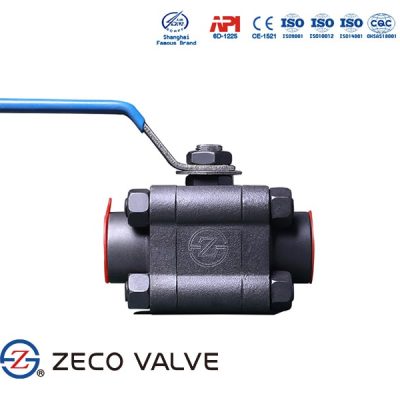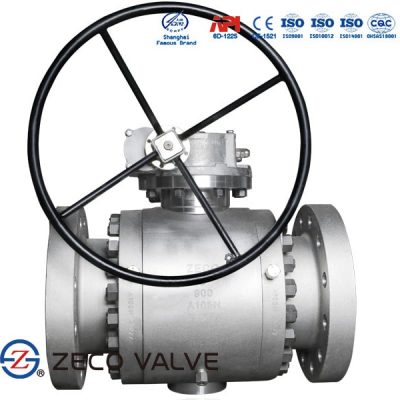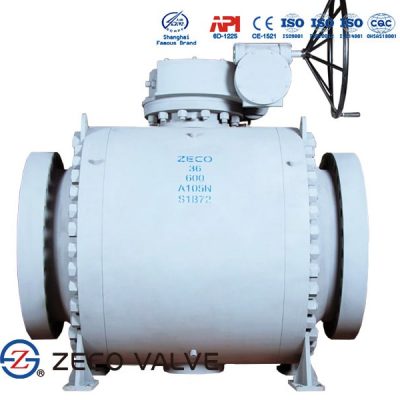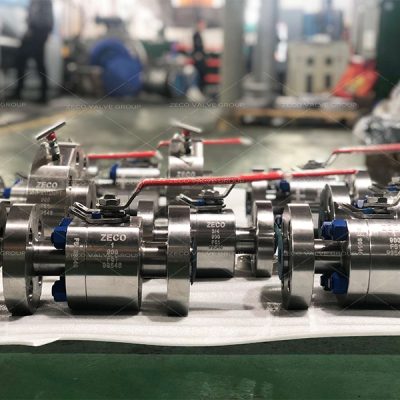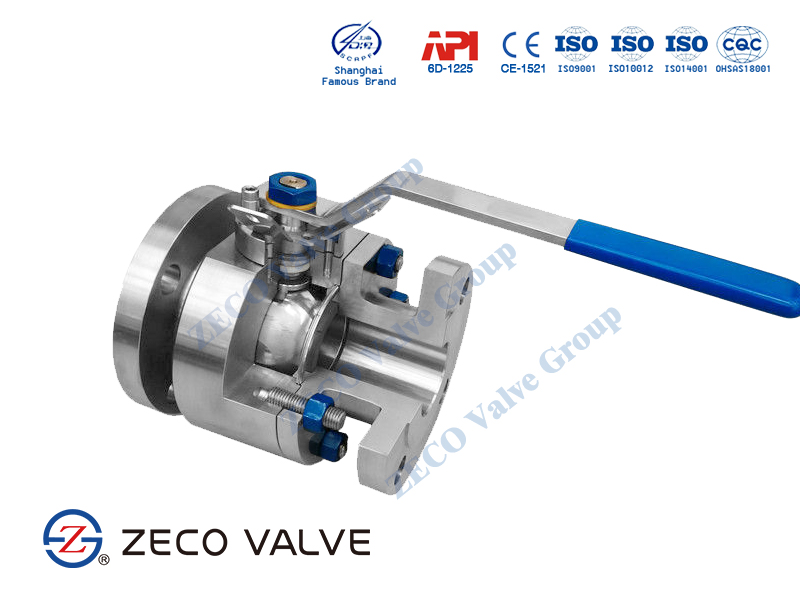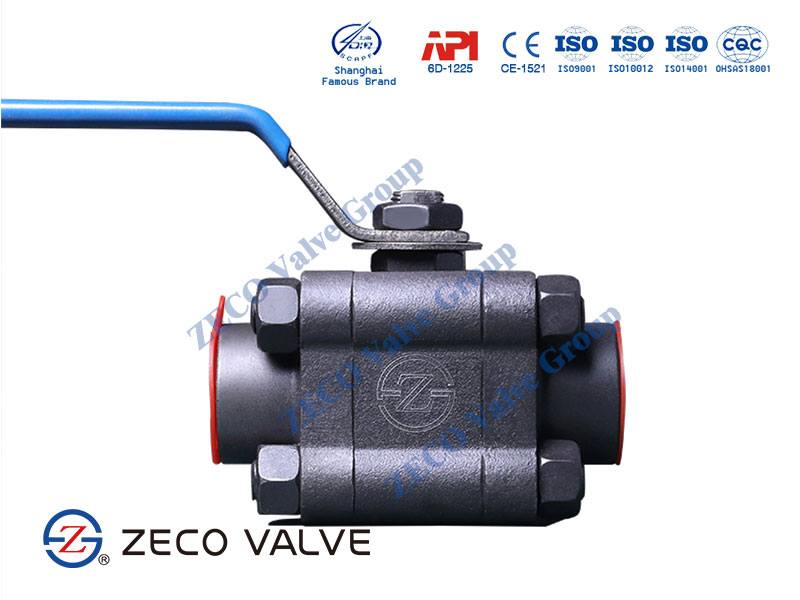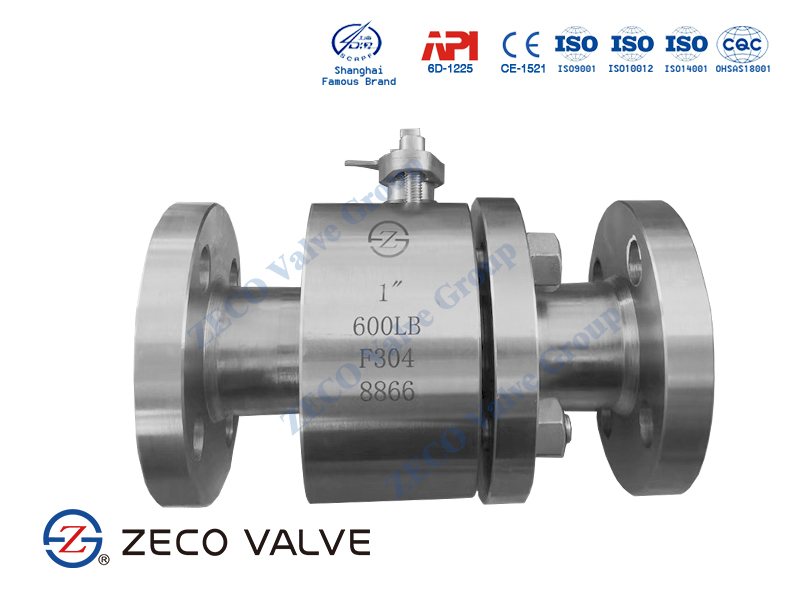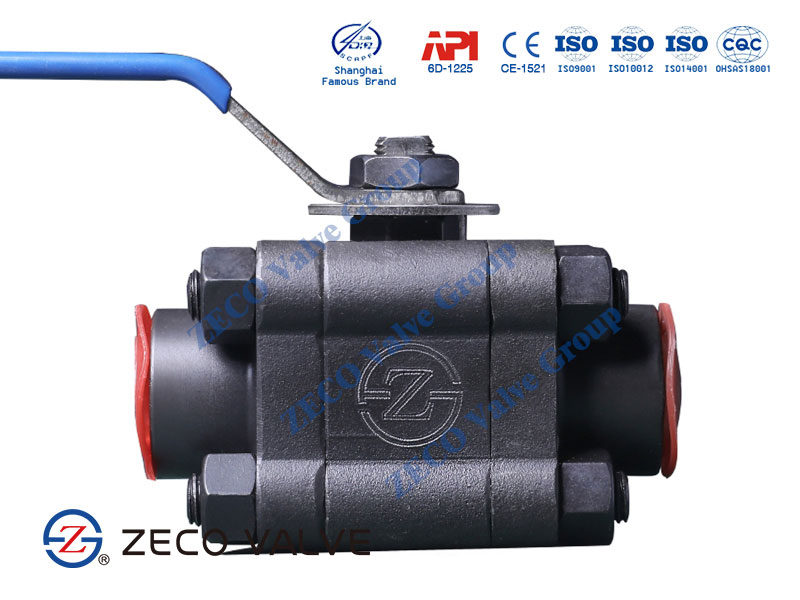What are Forged Valves?
Forged valves are created using a forging method that involves shaping metals and alloys while they’re in their solid form. Heat and industrial-size tools deliver compressive forces to bend the metals and alloys, and dies are used to cut and shape the materials to create specific valves. Forging can be performed in most temperatures depending on the metals used.
Forging valves presents many benefits for industrial companies. For example, companies don’t have to worry about wasted materials. Since forged valves are shaped into one solid piece, little effort is needed to rework the material to achieve the proper shape and size.
Forged valves have a reputation for being strong, which make them ideal for handling high-pressure and high-temperature systems. During the forging process, the metal’s grain structure becomes more refined. This leads to an increase in impact and overall strength. Also, forging boosts its resistance to common issues such as cracks, shrinkage, and porosity.
On top of that, forging can create valves with less wall thickness. This helps to reduce the likelihood of thermal fatigue during valve operation. This also means that forged valves can be heated and cooled more quickly, which allows them to adequately handle the stresses of systems that continuously cycle through start-up and phase-down processes.
Why Choose Forged Valves?
Forged valves may be better for some severe service applications. If your application is particularly demanding, such as through high temperatures and pressures, you need strong, durable valve solutions. Forged valves are typically much stronger than cast valves. The forging process for a high performance ball valve helps reduce vulnerability to issues like cracking, porosity, and shrinkage. Forged valves are also typically better able to handle temperature changes. Therefore, forged valves are typically much more durable, reliable, and often lower maintenance compared to cast options.
What are Forged Ball Valves?
The Forged Floating and Trunnion Ball Valve product line includes premium features and special options that deliver performance and longevity in the most demanding applications. All designs are fire-safe test approved and actuation ready. Forged ball valves are also available in Double Block & Bleed designs and in custom configurations such as cryogenic extended bonnet or with special actuation. Bonney Forge specializes in both commodity and manufactured-to-order.
Forged Ball Valve Body Material Choices
- ASTM A 105 (Forged Carbon Steel)
- ASTM A 182 F 304 (Forged Stainless Steel 304)
- ASTM A 182 F 316 (Forged Stainless Steel 316L)
- ASTM A 182 F 304L (Forged Stainless Steel 304L)
- ASTM A 182 F 316L (Forged Stainless Steel 316L)
- ASTM A182 F51
- ASTM A182 F53
- ASTM A182 F55
Forged Ball Valve for Sale
Advantages of ZECO Forging Ball Valve
Usually ZECO large size 3 piece ball valve adopts trunnion mounted structure, and the valve seat adopts ZECO’s specially designed spring structure, which can push the valve seat to the ball and ensure the good sealing performance of both inlet and outlet; The valve stem is provided with blowout proof structure regardless of any structure, so as to avoid accidental injury accidents caused by the pressure of the valve stem being pushed out by the middle chamber during maintenance. Besides, ZECO adopts bearings with low friction coefficient, which can minimize the torque of the valve during opening or closing; The outstanding anti-static device can export the static electricity generated by the contact between the valve body during the high-speed transportation of natural gas and the contact between the valve seat and the metal ball through the stem and then to the valve body, so as to avoid serious explosion caused by static electricity.
Material of Construction for Forging Ball Valve
| Body & End Piece | ASTM A 105 – Forged Carbon Steel ASTM A 182 F 304 / F 304L – Forged Stainless Steel 304 / 304L ASTM A 182 F 316 / F 316L – Forged Stainless Steel 316 / 316L ASTM A 182 F 11 / F 22 – Alloy Steel and other grades can available on request. |
| Ball | ASTM A 351 GR. CF 8 / CF 8M (SS 304 / SS 316) ASTM A 182 F304 / F316 (SS 304 / SS 316) ASTM A 351 GR. CF 3 / CF 3M (SS 304L / SS 316L) ASTM A 182 F304L / F316L (SS 304L / SS 316L) |
| Stem | ASTM A 276 T – 304 / 316 (SS 304 / SS 316) ASTM A 276 T – 304L / 316L (SS 304L / SS 316L) ASTM A 276 T – 410 (SS 410) |
| Ball Seat & Body Seal | PTFE Virgin / 25% Glass Filled Teflon – GFT / Carbon Filled Teflon – CFT PEEK / Delrin / Grafoil – Graphite Ring |
| Gland Packing | PTFE Virgin / 25% Glass Filled Teflon – GFT / Carbon Filled Teflon – CFT Grafoil – Graphite Ring |
| Stud & Nut | ASTM A 193 GR. B7 / A 194 GR. 2H S.S. 304 / S.S. 316 |

